About a month ago, when I was watching The Game Awards, I noticed something interesting: There seemed to be a good amount of games featuring female protagonists that were consistently nominated across several categories. If you ask almost any non-gamer about gender in the video game world, they’d probably report back the stereotypes of all gamers being men and video games depicting exclusively sexist depictions of women. While people who are involved in the video game industry and community know this to not be entirely true, there are clearly some issues here. A recent study found that about 74% of people involved in the video game industry in some way or another are male, while only about 21% are female (with 3% identifying as transgender and 2% as other). And while things may be different now, there’s no denying that there was once a time in video game history when the majority of female characters were simply accessories to male characters, either as love interests, damsels in distress or eye candy for straight, male players. Since the medium’s early days, several female characters, even female protagonists, have become icons known the world over, such as Samus Aran, Lara Croft and Jill Valentine, just to name a few. Despite this, it’s clear that a good majority of video game protagonists continue to be male, so it’s exciting when a year like 2017 comes along, featuring a bunch of highly praised video games that just so happen to feature female protagonists. But here’s the next question: Sure, it’s great having more female protagonists in games, but are women being depicted positively in these roles?
Before I really get into the meat of this article, there are a few things I should point out. First of all, I am a straight, white male, so this article will be written from that perspective. Though I like to consider myself a feminist, I’m sure there will be many feminists who disagree with what I have to say here, and there will also hopefully be feminists who agree with me. Likewise, there will probably be anti-feminists who agree with me and ones who don’t. I will be bringing up many points in this article, some of which I may or may not entirely agree with myself, for the purpose of opening up a dialogue about what I think is an important issue. Also, please note that the arguments being made in this article are mine alone and do not represent the views of Attack of the Fanboy in general. Lastly, I feel like I should point out that I haven’t had time to play every game that came out in 2017 featuring a female protagonist. There are a lot of games. Therefore, in this article I will only be discussing games I have some level of familiarity with and will put emphasis on games that have been highly praised or discussed, in particular Horizon: Zero Dawn, Hellblade: Senua’s Sacrifice and NieR: Automata. If there are any games or arguments that I don’t mention here, I encourage you to add to the conversation in the comments and keep this dialogue going. Now that that’s out of the way…
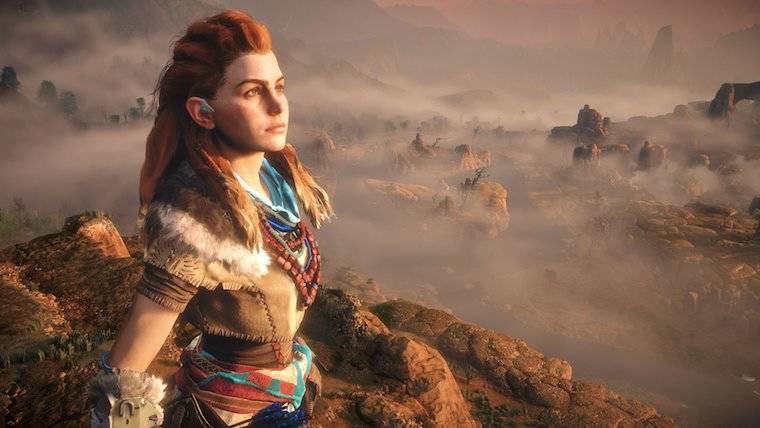
Let’s start off with the poster child of 2017 female video game protagonists: Aloy from Horizon: Zero Dawn. I would think that it’d be pretty hard to argue that she isn’t a positive depiction of women. She’s strong, she’s smart, she’s capable and she’s in no way sexualized for the male gaze. She’s simply a strong, independent woman who can accomplish anything she sets her mind to. Something that I think is possibly the most important part of her position as a female protagonist in a video game is the fact that she didn’t need to be female, she just is. What I mean by that is that there isn’t a narrative reason that would make Aloy being a woman necessary to the plot or anything; she could have just as easily been a male character, it just so happens that she isn’t. The reason why I think this is so important is because oftentimes characters in video games are male by default, only gaining female status if there’s a specific reason for them to be female, such as being a romantic interest for a male character, being eye candy for the male audience, pandering to a feminist audience, etc. But in the case of Horizon: Zero Dawn, the game could have played out pretty much exactly the same if Aloy was male. She just happens to not be. I think this is a step in the right direction of eliminating the male default of video game characters and allowing characters to be female, not to pander to some demographic or another, but just because why not? Obviously, Aloy is not the first female character to be implemented in this way, but I still think it’s important to continue implementing female protagonists in this way until the usage of male characters by default ends. I’m not suggesting that characters should be female by default either; rather, I think there should simply be a gender balance in video games that there currently isn’t.
This may come as a surprise to many people, but I actually have a negative take on Aloy as well. A potential problem that I see with Aloy’s depiction of women is that she is basically perfect. Granted I’m sure my knowledge about Horizon: Zero Dawn isn’t anywhere near as extensive as many other people’s, but it seems to me that Aloy is a bit of a cardboard protagonist. I know, I know, this is an extremely unpopular opinion, but it’s just my opinion; you’re obviously entitled to your own. In my view, it seems like Aloy is pretty much just a perfect woman. I listed some of her positive qualities in the previous paragraph, but off the top of my head I can’t think of any negative qualities. On the one hand, you can argue that this makes her a great role model for young gamer girls, but in my opinion it kind of makes Aloy devoid of the kind of complexity I tend to like in protagonists, whether male or female. It seems like she is just the embodiment of good, destined to save the world and succeeding in doing so because of course she can. God knows that there are plenty of “perfect” male protagonists in video games who lack complexity, so perhaps it’s good to have characters like Aloy who can balance the gender playing field a little bit. And granted I’m a man who has no shortage of “perfect” male fictional characters to look up to, but personally, I just kind of think having some more complexity in a protagonist makes them much more interesting and therefore (in my opinion) a much more positive depiction of whatever demographic or group they are representing. Does this “perfection” of character make Aloy a negative depiction of women? Probably not. If anything, it’s actually probably good to have characters like Aloy so we can have an array of female characters, perfect and not perfect, good and bad, etc. just as we already have a vast array of male characters.
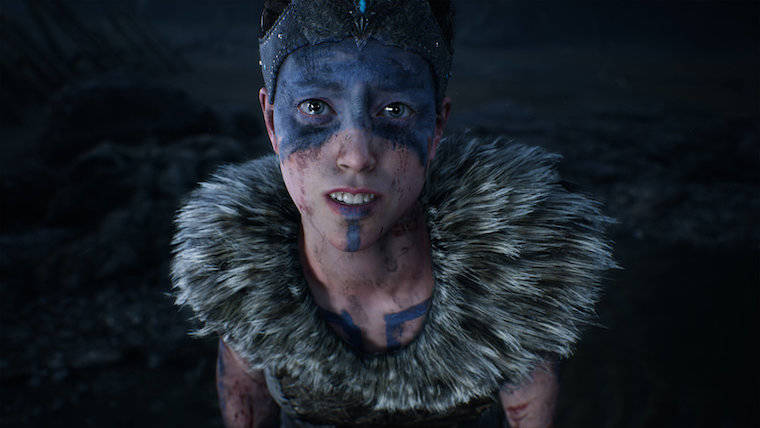
If we’re looking for flawed protagonists, however, then we need not look much farther than Senua from Hellblade: Senua’s Sacrifice. Like Aloy, Senua is a strong woman who can face all kinds of challenges and conquer them. Senua is much more complicated, however, due largely to her mental psychosis. Unlike Aloy, who literally saves the world, Senua’s journey is an internal one, one in which she has to face her own fears and insecurities and fight the physical manifestations of them. Senua is clearly a positive depiction of women in that she is a fighter, both physically and mentally, and is ultimately able to fight through the darkest parts of her own mind and emerge victorious in her own internal struggles. Some may argue that fighting off hallucinations isn’t nearly as impressive as destroying robot dinosaurs to save the world, but it takes its own kind of strength to accomplish what Senua does and I think she is a badass in her own right.
An argument against Senua, however, is that her whole quest is (at least on the surface) for the benefit of a man. She travels to Viking Hell to save the soul of Dillion, her recently deceased lover who supported her through her various issues in life. I could see some making the argument that Senua can’t really be that great of a female character if the whole point of her journey is to ensure the wellbeing of a man rather than being an independent woman. However, I would argue that by the end of the game (SPOILER ALERT if you haven’t played the game), it’s clear that she is able to become independent from the man who helped her in life and move on. Additionally, the fact that she’s traveling to Hell to save her man seems to me to subvert the trope often used in the early days of video games of a male character going to a dangerous place to save the helpless princess. Senua obviously isn’t the flawless protagonist I see in Aloy, but she’s strong and independent without having to save the world, and I think having a character like that is important too.
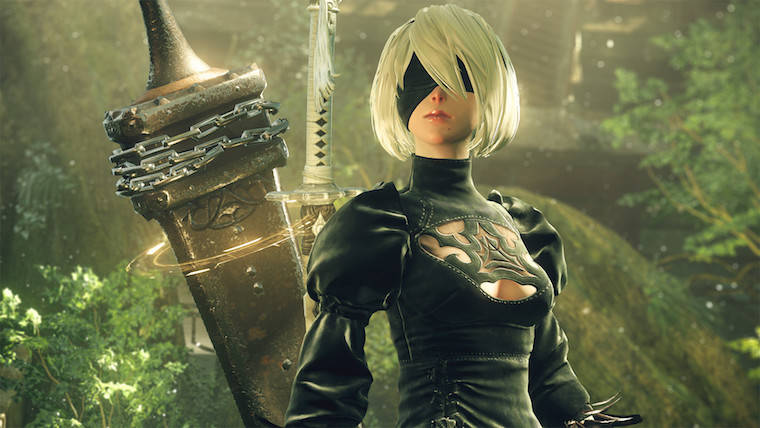
Another female-led game that seems to have garnered a lot of attention this past year is NieR: Automata. All cards on the table, I haven’t gotten around playing this game yet. It’s on my to-do list and I’m definitely excited to play it (I played the demo and loved it), but for various reasons I just haven’t gotten around to it yet. I didn’t want to rush through it so I’d have it done in time to write this article in a timely manner, so I haven’t played it yet. I’ve done a little bit of research into the game’s story and characters, but also avoided a lot so I don’t run into spoilers, but from what I’ve been able to gather, the general consensus seems to be that 2B, the game’s protagonist, is a sexy badass. Luckily, I think this is plenty enough on its own to have a discussion about. I think it’d probably be quite an uphill battle trying to argue that being a badass is a negative quality (though it is by no means necessary to be a good character, but we’ll get into that later), but it’s the qualifier of “sexy” that makes this an interesting topic. Of course, it’s easy to dismiss 2B as a positive depiction of females because of her sexiness by stating that women shouldn’t have to be sexy to be considered worthy. That being said, we’ve already seen that women such as Aloy and Senua don’t have to be sexy to be badass, but perhaps it’s also good to have a character to show that women can be sexy AND badass, should they so choose. The two don’t have to be mutually exclusive, and 2B proves that. Obviously, each individual woman should be able to choose who and what they are on their own; if they want to be badass without being sexy or sexy without being badass, they should be able to make that decision. But for those who want to be both, 2B can be something of a role model as well. And for those women who don’t particularly feel the need to be sexy or badass, but just a person with decent qualities, they can be that as well and perhaps look up to a non-sexy, non-badass female protagonist like Edith Finch from What Remains of Edith Finch, another female-led game from 2017.
The counter-argument is that there is a difference between sexy and sexualized. Chloe Frazer, the protagonist in 2017’s Uncharted: The Lost Legacy, is an example of a female character who is sexy without being sexualized. She’s a strong, independent woman who happens to have an attractive figure, but isn’t unrealistically out of proportion and wears a normal shirt and jeans. The same can’t exactly be said about 2B, who is clearly a product of the male gaze. She’s designed to be a fighting android; why would she be wearing high-heeled boots and a blindfold? Well, because the men who created her design thought that was hot, even though it doesn’t make sense in the context of the game. There isn’t necessarily a problem with female characters being sexy, but when female characters are designed specifically to meet the fantasies and fetishes of men is when it starts to become problematic, as if women exist just to satisfy men’s sexual appetites.
A counter-argument to this counter-argument, however, is that there could potentially be something empowering about a badass woman who is sexy and dresses in a sexy manner and doesn’t face any kind of repercussions for it in the world in which she exists. Needless to say, this is a luxury not afforded to women in the real world. We live in a society where rape victims are often blamed for the actions of their rapist because of the clothes they were wearing at the time. Once again, I’m not a woman and I don’t claim to understand women’s struggles on the level that they do, but I could see an argument about how it could be freeing or empowering to play as a female character (and therefore live vicariously through her) who is unabashedly sexy and isn’t punished for being so. 2B can be as sexy as she wants and dress as sexy as she wants and not have to deal with the unwanted sexual attention or torment that many women who act or dress sexy would in the real world. There is a misconception in our society that whenever someone dresses in a sexy manner, they are doing it for attention. While I’m sure there are many people who do dress in sexy ways for attention, there are also plenty of people who dress in sexy ways for their selves, because it makes them feel good about their selves for various reasons. Maybe it makes them feel empowered or badass or just sexy, but in our society, women are often punished in some way or another, whether it be being labeled a slut or blamed for their own rape, for dressing in sexy ways. And if a plethora of 2017 cosplayers are any indication, it would seem that there are plenty of women who do in fact enjoy dressing in attire similar to 2B’s, maybe for attention, but also maybe because it just makes them feel sexy and badass. So sure, 2B may be sexualized as hell, but maybe she also represents a kind of sexual empowerment, allowing women to feel like they can be as sexy and/or as badass as they want. Then again, maybe I’m just defending 2B’s design because I’m a straight man and I want to feel like this character’s design is acceptable because my male gaze enjoys looking at it.
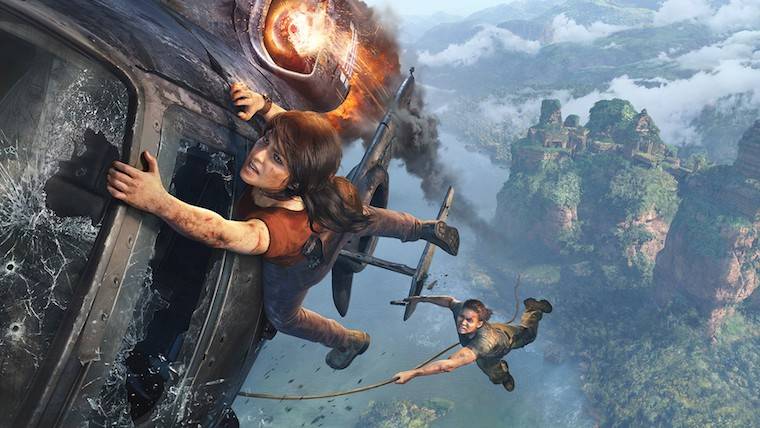
These are three of the biggest female-led games of 2017, but there were plenty more, which offered a wide variety of female protagonists in video games. As mentioned earlier, What Remains of Edith Finch stars a female protagonist who shows that there can be good female characters who don’t have to save the world or symbolize some kind of sexual empowerment or do anything else other than just be a normal human being who happens to have a vagina. Uncharted: The Lost Legacy features two strong women of color kicking ass across India. Life is Strange: Before the Storm tells the story of two women who aren’t “perfect” protagonists, nor are they sexualized eye candy or damsels in distress, but rather are just realistic people dealing with real-world issues. A Hat in Time is another good example of a game that didn’t need a female protagonist for any particular reason, but has one anyway, further chipping away at that male default we discussed earlier. Doki Doki Literature Club! subverts tropes often attributed to female anime and video game characters and flips them on their heads in interesting (and disturbing) ways, creating characters that are deeper than the archetypes one might associate them with during early stages of the game. I’m sure positive and negative things can be said about any of these characters, but if nothing else, I think there’s progress in the simple fact that there were so many female protagonists in video games in 2017. There is obviously still a lot of work to do in creating gender equality in both society and video games, but by continuing to create strong female presences in games, hopefully we’ll get there sooner rather than later.



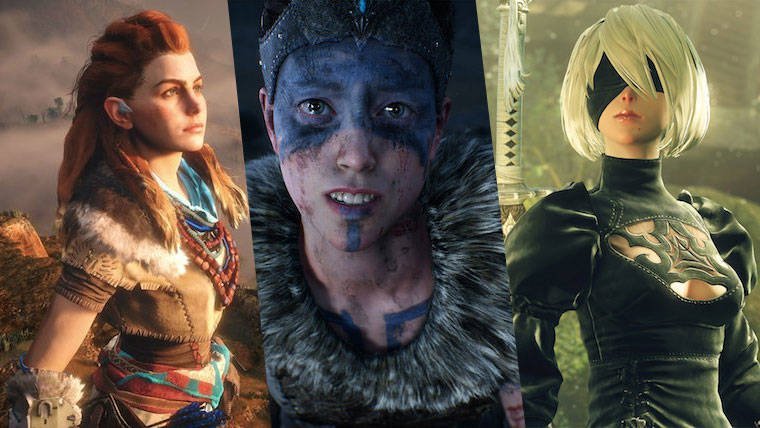

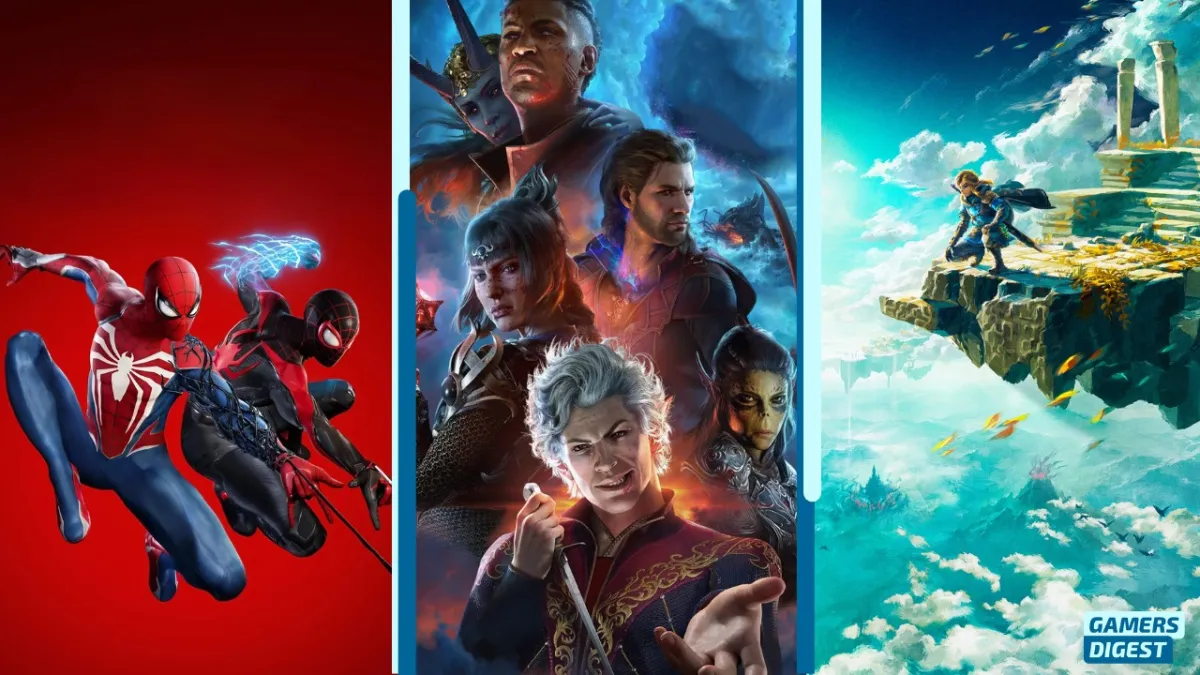

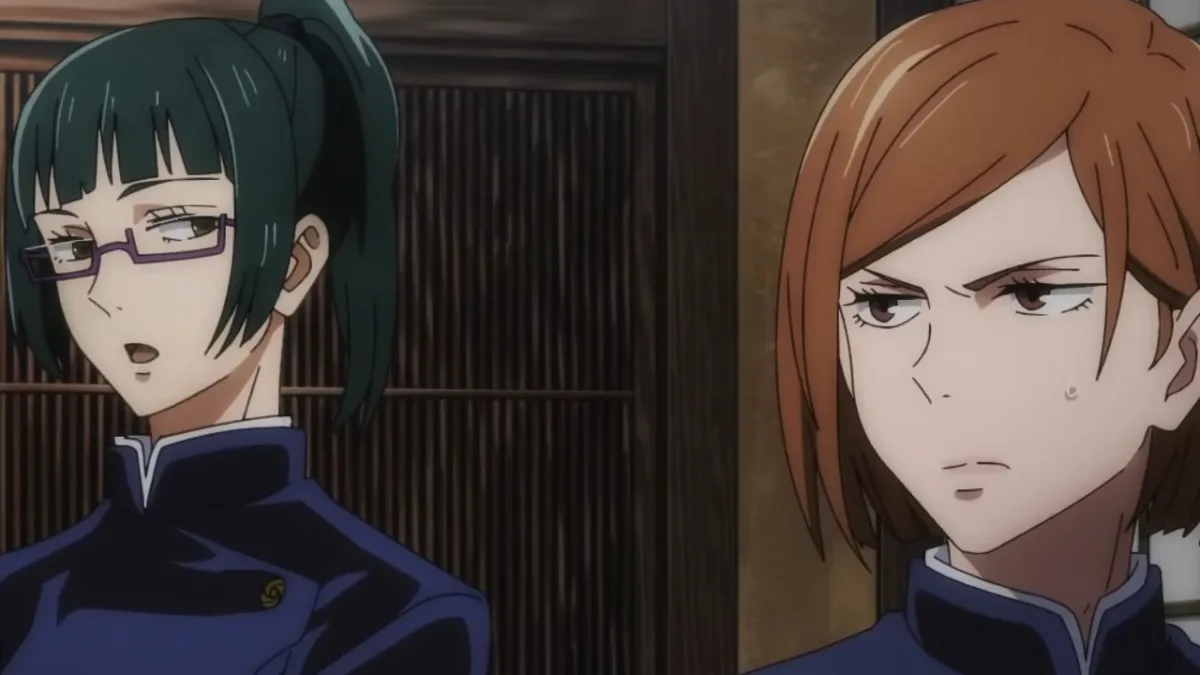
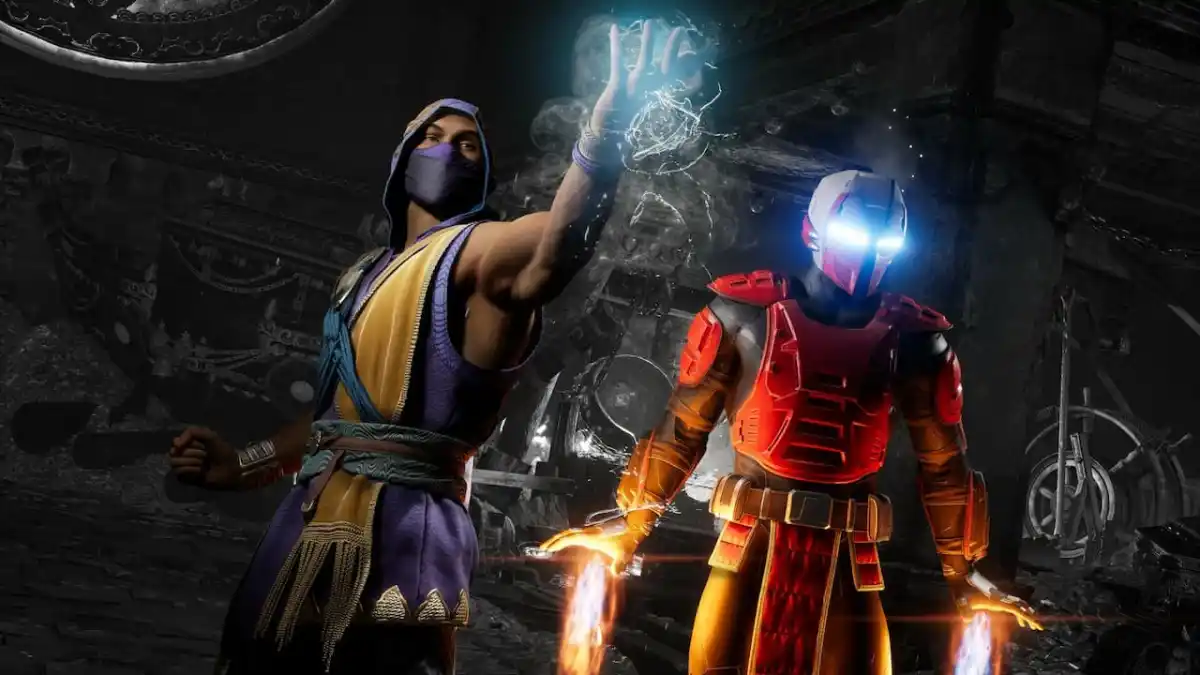
Published: Jan 9, 2018 05:29 pm